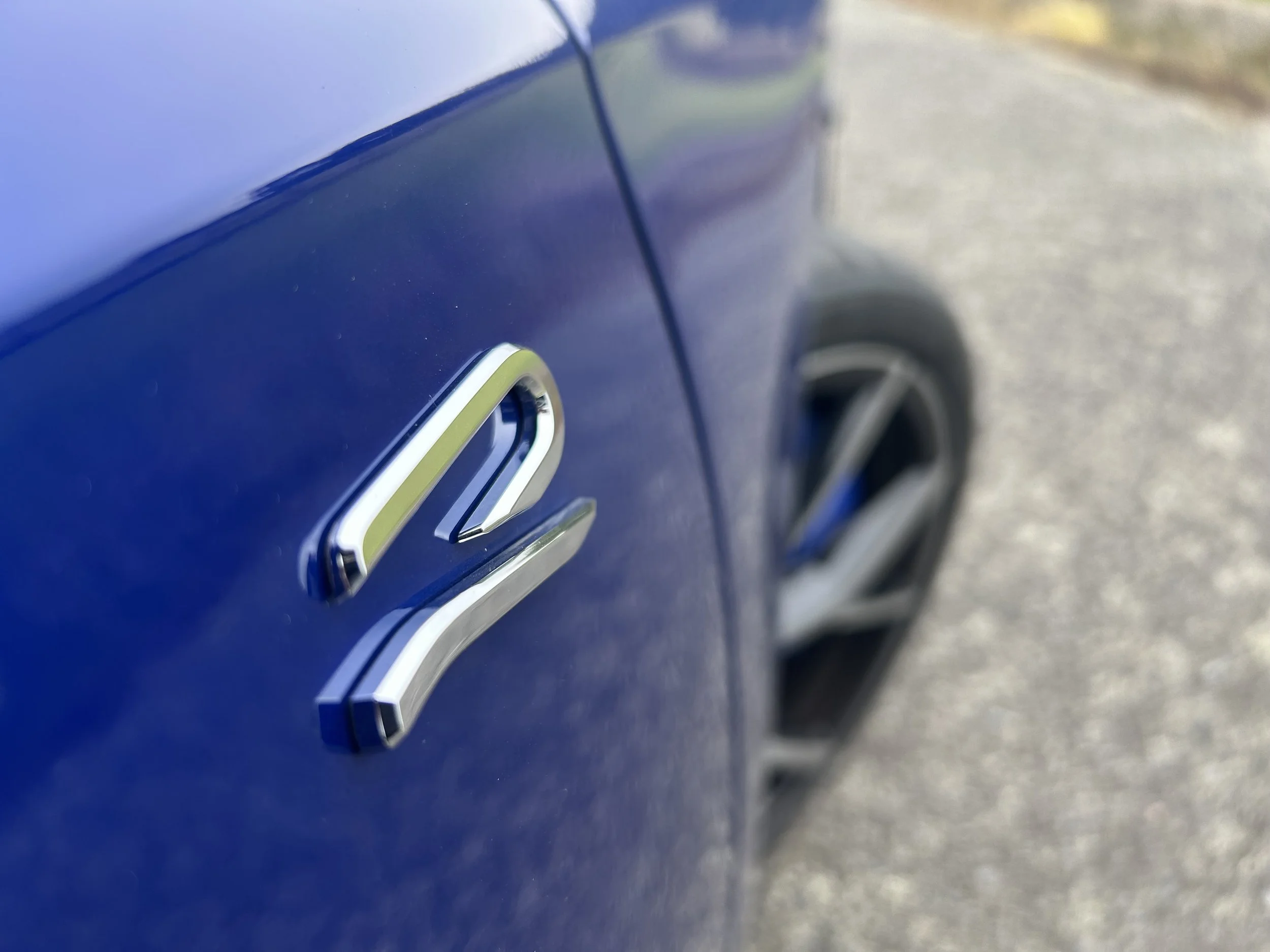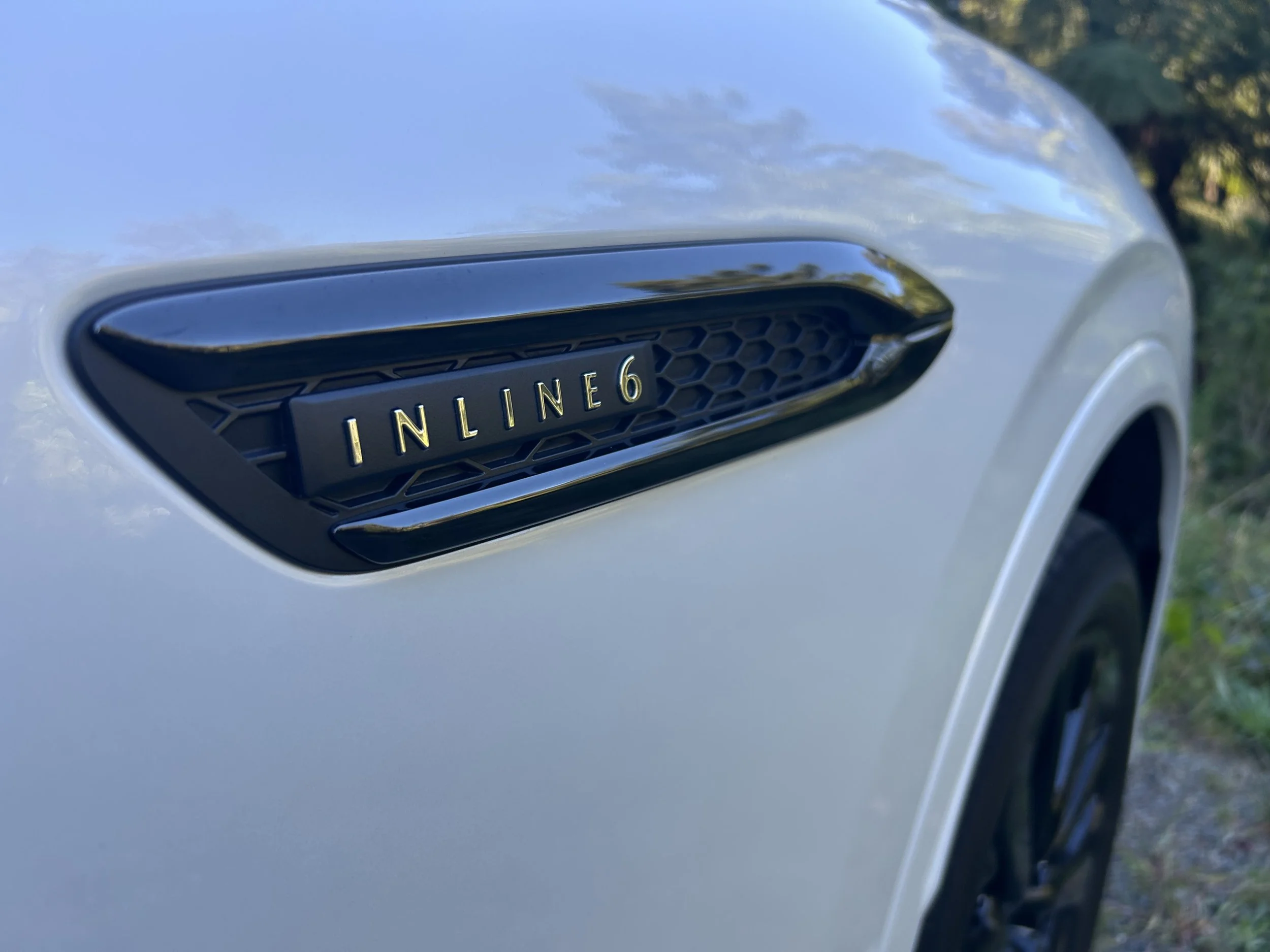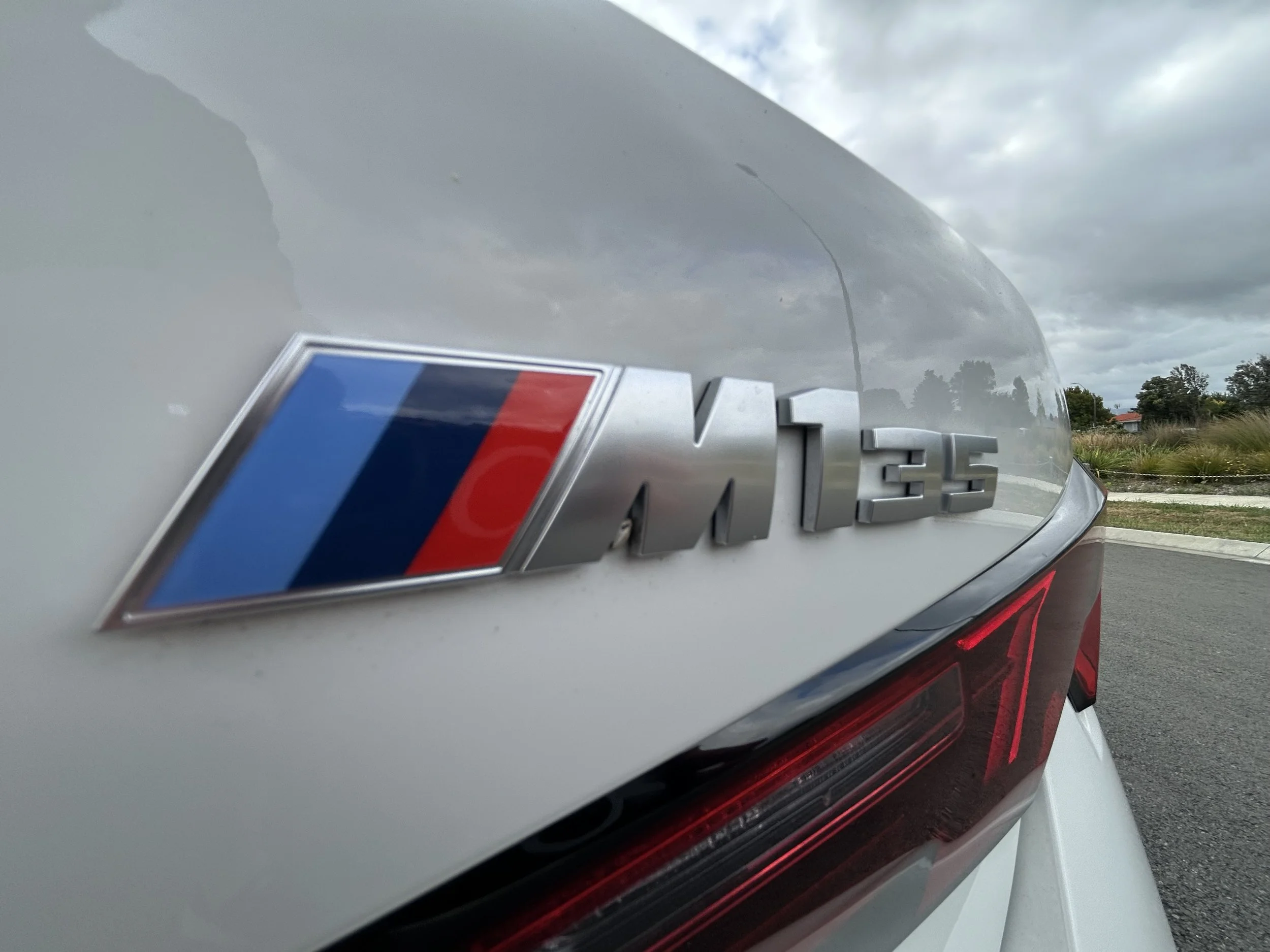Auto arrives for GR Yaris and Corolla; 86 turns green
/Mid-life revision for Toyota’s famous pocket rocket and revitalisation of its big brother avails next month, along with a special edition GR 86.
AVAILABILITY of the updated GR Yaris, with more pep and an automatic transmission now included, will begin next month, exactly a year after the model’s revisions were announced.
The pocket rocket’s mid-life facelift is part of a bigger local GR - shorthand for Gazoo Racing - effort, with the GR Corolla also set to provision with the same eight-speed auto, also as of next month.
Toyota New Zealand has also announced availability - yes, also in January - of a special edition GR 86, call Hakone, which has issued to several other countries already and is named after a road near Tokyo made famous as a go-to for drifters.
No prices, specification details or comment about the potential for the new models is included in the Palmerston North-domiciled market leader’s media share. In Australia, the automatic holds a $A2000 premium over the manual but Yaris and Corolla are up to $5000 pricier than their predecessors, which are currently $59,990 and $65,990 respectively.
The GR Yaris and GR Corolla share a common 1.6-litre petrol three cylinder which in the smaller car gains 21kW - having pumped 200kW in original state - and 30Nm, taking that output to 390Nm. The Corolla maintains at 221kW but appears to bump to 400Nm.
Both until now have only availed with a six-speed manual transmission. The automatic transmission is clearly important to their market potential.
For GR Yaris, though, a refresh announced at the Tokyo auto salon on January 14 this year goes much further. It gave excuse for GR engineers to add numerous enhancements that overseas media say has improved the favour of their opus product in its new ‘Eco’ state.
Even though the metalwork is unaltered, this facelift three years into a production life that has spawned 32000 examples - a higher volume that Toyota Japan had predicted - is a big one.
An incredible array of detail changes include Toyota deciding to redesign the floor so the driver’s seat places 25mm lower, to answer complaint about the original’s chair being mounted just a touch too high.
At the rear, the low-level reversing light has been moved level with the other lights – hot exhausts could and have melted it – and the high-level brake light has been moved from the spoiler to the rear window, because it was upsetting tuners who fitted their own rear wings.
There’s a 15 percent increase in the number of spot welds and a 15 percent increase in the adhesive used, to stiffen the shell. Weight is unchanged, at 1280kg.
The front bumper is now made in three pieces, rather than one, so that it’s quicker to replace a corner if there’s damage.
The centre section includes a larger cooling aperture, necessary for engine durability, and the grille is now made of metal, rather than plastic, so that debris doesn’t burst through it.
The front struts are now mounted by three bolts, rather than one large one. The rear-view mirror has been raised by 25mm and the instrument binnacle, now digital, has been lowered by 50mm to improve forward visibility. Minor switchgear changes put more buttons in range of the driver’s sight and reach if they’re harnessed into competition seats.
It’s the same engine, but different, with changes made mainly for durability.
Cooling has been increased, with modifications to the air intake and intercooler spray, too. The valvetrain is strengthened, the exhaust valves are of a new material and new, lighter pistons with more wear-resistant rings have been introduced. The fuelling and sparking software is also different, of course, giving increased injection pressure.
The six-speed manual gearbox has had its linkages strengthened and its shift action slightly improved as a result.
That auto? It’s an eight- speed with a torque-converter, rather than a dual-clutcher, but its lock-up plates are beefy and programmed to firm up quickly to reduce losses. The traditional advantages of a torque converter – the slushy smoothness – are a low priority.
It’s compact and weighs just 20kg more than the manual transmission. There is a launch control system, and Toyota says that not only is it quicker by 0.3s from 0-100kmh, but it’s also faster by more than a second a lap than the manual around Japan’s Fuji Speedway and durable enough for racing, where it will be faster and reduce driver fatigue.
The torque-sensing differentials are the same between the manual and automatic cars, but the power distribution is adjusted.
Whereas the first gen car has Normal, Track and Sport modes, now there are Normal, Track and Gravel. In Normal, power distribution is 40 percent rear-biased. In Gravel, it’s 47 percent to the rear. Track has a variable power distribution, putting anything from 40 percent to 70 percent to the rear.
Spring rates have been increased. The Circuit Pack implemented as standard to NZ-spec in the current generation. For the update, the springs have gone from 36N/mm all round to 46N/mm at the front and 40N/mm at the rear. The front anti-roll bar is a little stiffer, but the rear is unchanged. It stays on 18inch wheels and retains the excellent 225/40 Michelin Pilot Sport 4S rubber.
As for the GR 86? Erm, no engineering or mechanical revisions, sorry. the whole appeal here is a special look, in that it arrives with green paint, tan leather seats and satin bronze wheels. There’s Hakone badging, a special edition shift knob and a colour-matched ducktail spoiler.
The ‘Performance Pack’ delivering Brembo brakes and Sachs dampers also delivers to enhance its appeal as a driver’s car though, in respect to that, TNZ has disconcertingly hinted that just a handful of examples in its consignment - whose exact count is not yet shared - will be manuals.
TNZ vice president Andrew Davis says the upgrades represent Toyota’s steadfast commitment in building ever better cars.
“Toyota Gazoo Racing has given us a brand platform to appeal to New Zealand performance car enthusiasts. The GR programme started in motorsport and has shifted into our road going products with the GR Yaris, undoubtedly the best hot hatch on sale today, and then continued with the revived GR Corolla, and more recently the revamped GR86.
“It’s amazing that the ongoing development of our GR models continues, and this really appeals to customers who want to see ongoing improvements and tuning enhancements that make these cars even more fun to drive.”





















